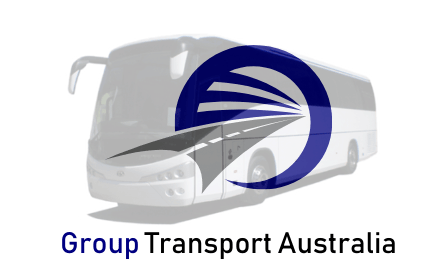Bus Seating: Understanding the Configurations
Buses are a ubiquitous mode of transportation worldwide, serving as essential vehicles for commuting, tourism, and group travel. One of the most common questions that arise when discussing buses is, “How many seats does a bus have?” The answer to this question varies widely depending on several factors, including the type of bus, its intended use, and regional regulations. Let’s delve into the intricacies of bus seating configurations to shed light on this often-asked question.
1. Standard Passenger Buses:
Standard passenger buses, commonly used for public transportation, shuttle services, and tours, typically come in various sizes with differing seating capacities.
- Small buses: Small buses, often referred to as minibuses or shuttles, typically accommodate between 10 to 30 passengers. These compact vehicles are commonly used for airport transfers, hotel shuttles, and short-distance transportation within cities or towns.
- Medium buses: Medium-sized buses, commonly known as transit buses or coaches, typically have seating capacities ranging from 30 to 50 passengers. These versatile vehicles are commonly used for urban transit routes, regional transportation, and tourist excursions.
- Large buses: Full-sized coaches, commonly used for long-distance travel and interstate journeys, can accommodate anywhere from 50 to over 100 passengers, depending on the specific model and configuration. These spacious vehicles offer ample seating, luggage storage, and onboard amenities for passenger comfort during extended trips.
2. School Buses:
School buses, specifically designed for transporting students to and from school, have standardized seating configurations regulated by safety guidelines.
- Standard school buses: Traditional yellow school buses typically feature rows of bench-style seating, with capacities ranging from 36 to 72 passengers, depending on the size and layout of the bus. These buses prioritize safety, with high-back seats, compartmentalization, and safety restraints to protect passengers in the event of a collision.
- Activity buses: Activity buses, commonly used for transporting students to extracurricular activities, field trips, and athletic events, often feature additional amenities such as air conditioning, reclining seats, and overhead storage compartments. These buses typically accommodate fewer passengers than standard school buses, with seating capacities ranging from 20 to 57 passengers.
3. Specialized and Customized Buses:
In addition to standard passenger and school buses, there are various specialized and customized bus configurations tailored to specific purposes and industries.
- Executive coaches: Executive coaches, often used for corporate events, business travel, and luxury tours, feature plush seating, onboard amenities, and personalized services for discerning passengers. These high-end vehicles typically accommodate fewer passengers than standard coaches, with seating capacities ranging from 20 to 57 passengers.
- Accessibility buses: Accessibility buses, equipped with wheelchair ramps, lifts, and securement systems, provide transportation services for individuals with disabilities or mobility impairments. These buses prioritize accessibility and inclusivity, with flexible seating configurations to accommodate passengers with diverse needs.
- Stretch Coach: Stretch coaches, often over 12.5 Meters long can seat 60-80 Passengers. These vehicles are not common in the industry and guests usually pay a higher price. This is a good option when costs don’t allow two separate coaches.
The number of seats in a bus varies widely depending on the type of bus, its intended use, and regional regulations. From compact minibuses to full-sized coaches, buses come in various sizes and configurations to accommodate the diverse needs of passengers across different industries and sectors. Understanding the intricacies of bus seating configurations is essential for selecting the right vehicle for transportation needs, ensuring passenger comfort, safety, and satisfaction on every journey.
